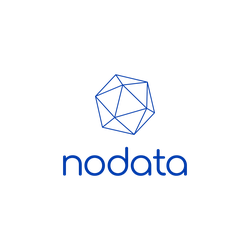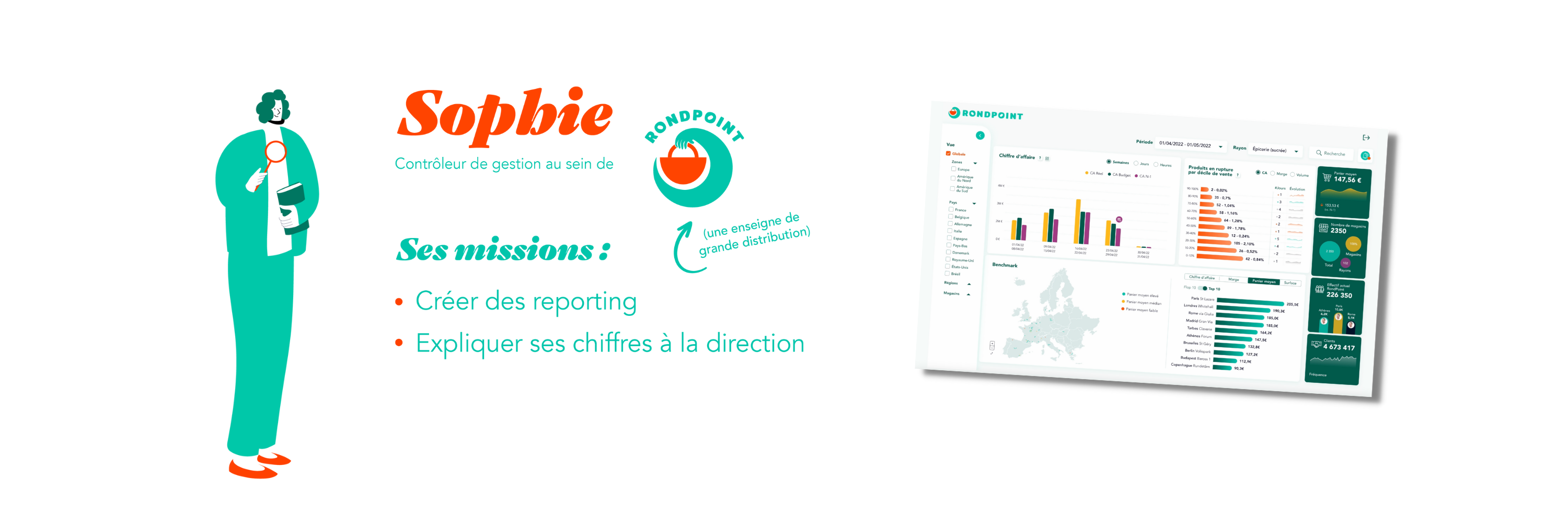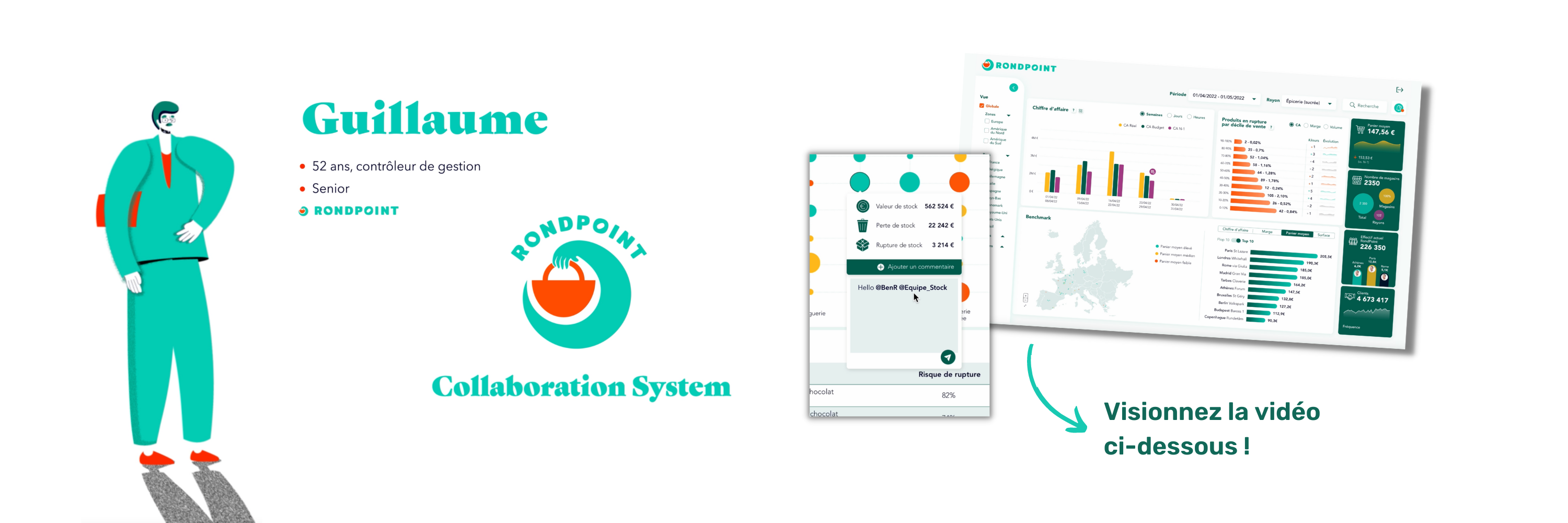NODATA VS QLIK SENSE, find the right datavisualization tool
Many tools offer data visualization options, but which one is right for your company, its strategy, its amount of data, and its employees? Here you will find a comparison between Nodata and QlinkSense to help you choose.


The Qliksense platform, formerly called Qlikview and created in 1993, was positioned in a guided analysis mode. That is, the user could use a dashboard initially made by the developers but could not evolve their dashboard according to their needs.
In 2014, Qliksense emerged as a BI data analysis platform that allowed users to create visualizations, interactive dashboards, and charts in a scalable manner.
This version then retains the same model as Qlikview, the same data engine as well as the same data loading power. The differentiating elements of the new version are the UX/UI, data visualization, and self-service aspects.

Nodata is an analytics platform created in 2015 with data visualization as its core business. It allows users of ETI or GE to exploit its data and make better strategic decisions.
It has been designed to meet 80% of the needs, in terms of recovery and processing of data and especially the use of this information.
To do so, it integrates innovative functionalities allowing to increase the reliability/quality of the information and simplifying the understanding of the management indicators by its users.
Installation
- Qliksense:
To install a new QlikSense Server on a device, it is essential to have the previous version server installed on the same device. Also, the installation settings cannot be stored in a folder containing Japanese, Russian, or Chinese characters. If this is the case, the server installation will not be established correctly.
- Nodata:
The installation of Nodata is natural and integrates seamlessly with your existing applications. Nodata does not have any particular requirements to be installed in the companies' systems.
Deployment of the solution
- Qliksense:
On the one hand, if the tool is initially installed and parameterized correctly, then it represents a strength since initially it is based on the associative model facilitating data integration and linking. This model, if properly set up, provides additional information segments that the user would have omitted in the construction of the data models.
However, if the model is poorly configured upstream, which is often the case because it requires complex technical skills, then some companies call on external services to remedy the situation (which implies an unexpected additional cost).
Among the customer reviews, problems with loading data into the script or the data loading editor have been encountered. Issues with ODBC connections, exporting data from the sheet, and debugging mode of the script were noted.
- Nodata:
With a more traditional model than Qliksense in the form of “templates”, Nodata allows for flexibility in creating its data models. The power of data loading is notable.
Data storage
- Qliksense:
Qliksense can be deployed on-premises, on a public or private cloud. The first implementation in the cloud was in 2021 and is therefore not yet optimal. Qliksense works on the community principle, meaning that some features are not yet developed, and the team uses feedback from their customers to optimize the solution.
- Nodata:
Nodata deployment remains more flexible than Qliksense since the solution offers a hybrid system. Indeed, the organization can host part of its data at home, thus on-site, and host another part of the data on the cloud. The advantage is that sensitive data does not transit.
Large volumes of data can cause bandwidth bottlenecks. Thanks to its original architecture, Nodata allows remedying the network traffic inconvenience by distributing the workloads and transfers where it is the most efficient.
Performance
- Qliksense:
This one is definitely one of the most robust tools on the market today and the one that supports the most data with significant computing power. The multi-cloud architecture has made this one of the best as it allows for efficient operation in areas such as data security, scalability, data loading, and processing, thus ensuring optimal performance of the tool.
- Nodata:
With a modern and innovative architecture, this advanced optimization not only significantly improves performance but also reduces costs. There is no need for an additional server dedicated to the analytical system.
User experience
- Qliksense:
Issues with screen size adjustment and other alterations to desktop objects have been reported by customers using Qlik Sense on mobile devices such as iPads, tablets, cell phones, etc.
Often, in script or story editing modes, the software crashes and becomes unresponsive. This does not give the user a smooth experience with the software.
Also, selecting multiple users is a very slow process.
The narration feature has limitations as some languages like Japanese, Chinese, etc. are not fully supported.
- Nodata:
Everything is done to promote the end-user experience and guarantee autonomy in the evolution of their business needs, thus preserving everyone's time and the life of the application.
The Nodata platform has been designed and developed to meet the needs of its users as closely as possible. Thus, the solution allows supporting the iterative mode of this method thanks to its advanced version management, including the integrated A/B testing functionality. Nodata allows native management of the UX applied to data analysis, guaranteeing the benefits of this methodology: simplicity, adoption, time-saving and cost reduction.
Maintenance
- Qliksense:
Since 2021, the implementation of the software on the Cloud is available. The community aspect applied by Qliksense results in a lack of completion of the platform, since the continuous improvement of the platform depends on customer feedback.
Maintenance is not complex but is composed of multiple steps. Moreover, the user is in control of the evolution of his application, no automatic updates or “alerts” are made available.
- Nodata:
With Nodata, users are freed from these constraints and can freely make changes to the indicators in their tool, without jeopardizing the integrity, spirit, balance, and framework of the application.
From now on, it is possible for non-technical users to modify the indicators integrated into their application, directly from the interface.
The application thus remains as close as possible to the business needs and their concrete evolutions.
Conclusion:
- Qliksense, a leader in the Gartner 2022 Magic Quadrant, is globally very appreciated by its users. The solution leverages its associative engine to provide self-service analytics, insights, and contextual suggestions to a wide range of industries.
Qlik has made several acquisitions in recent years (two in 2021) to fill gaps in product capabilities and expand its portfolio in the D&A space. All that's missing is action!
However, packaging impacts, Qliksense migration issues, and future pricing are major concerns for current and potential Qlik customers (Source: Gartner).
- Nodata, far from being an industry giant like Qlik, has come to challenge the market with a modern vision of data analysis through innovative features.
These include collaboration, UX/UI, and advanced customization features designed for complex structures and large accounts, for example.
The platform offers flexibility and agility in the deployment of the solution (integration and data storage) while being equally flexible for the end users. In addition, Nodata allows exploiting data while controlling its costs and ensures data security thanks to on-site hosting and secure methods.
However, the concerns for current customers lie in the lack of documentation for technical teams for whom adoption is more difficult than with other solutions such as Power BI which guide their users through detailed tutorials and massive documentation.



